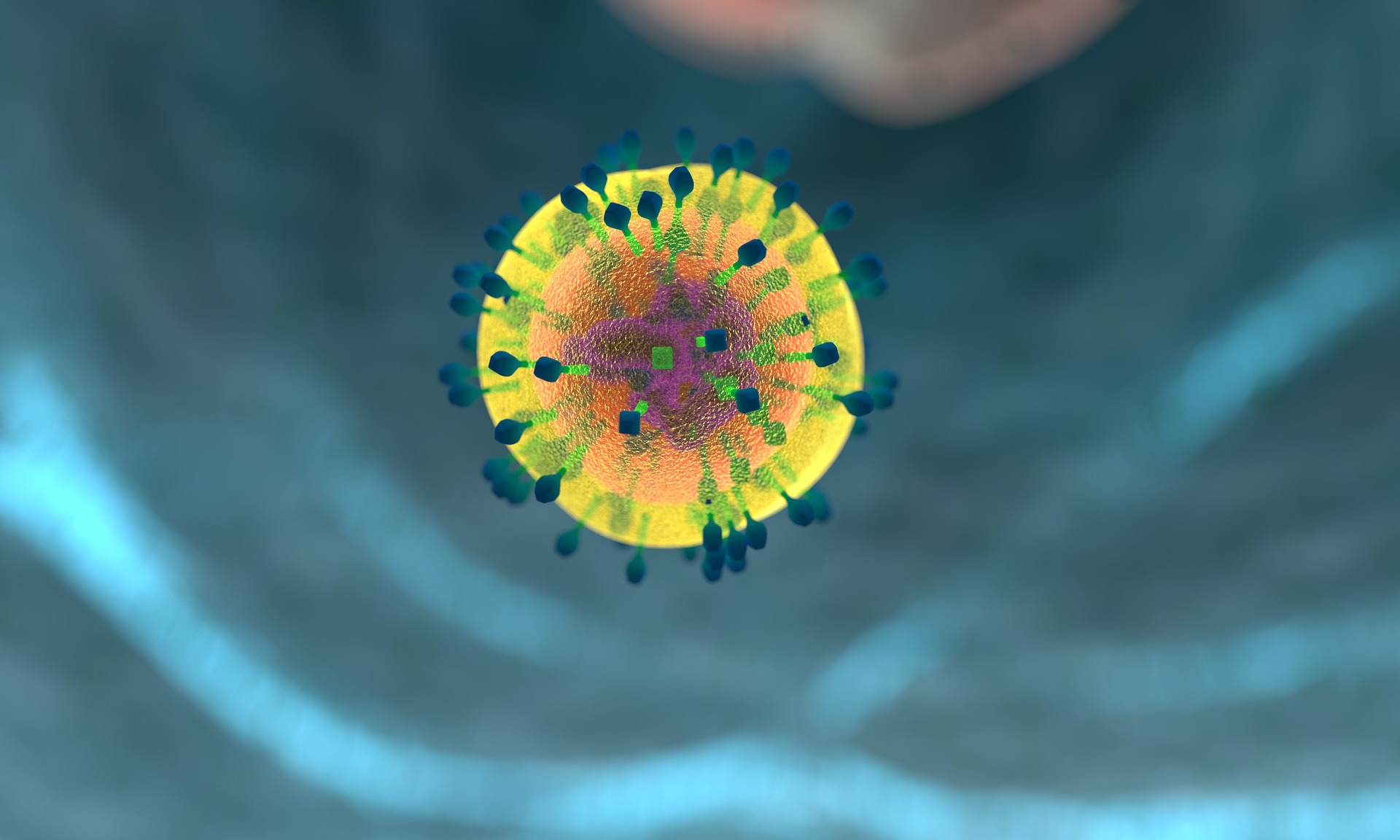Understanding the evolving CAR-T market

In August 2017, Novartis made history after receiving FDA approval for Kymriah, the world’s first chimeric antigen receptor T-cell (CAR-T) therapy. The therapy was trialled in paediatric and young adult lymphoblastic leukaemia patients suffering from the most aggressive forms of the disease.
They had very few options left, with prior lines of treatment failing to cure them of their cancer. The CAR-T was their last chance and only hope. Astoundingly, 83% achieved overall remission within just three months of treatment. Results of this nature were unheard of in oncology.
Reactions ranged from TIME magazine hailing the treatment “Cancer’s newest miracle cure” to outrage about the $475,000 price tag. But even Novartis’ biggest critics were clear about one thing – CAR-T is a game-changer in the way we treat cancer. But, Novartis could not retain a monopoly in for long.
After the approval of Kymriah, investors began to funnel cash into start-ups with CAR-T products in development. Big pharma also wanted a slice of the action. Aggressive deal-making quickly became central to the rise of CAR-T, with Gilead acquiring Kite Pharma for a mammoth $11.9bn and Celgene buying Juno Therapeutics for $9bn in a bid to develop the next big breakthrough.
Today, the CAR-T market is expected to increase at an annual rate of 30% until 2030. More than 500 CAR-Ts are in development, making competition fierce. Earlier this year Autolus was forced to delay and even discontinue molecules in its CAR-T pipeline due to both manufacturing difficulties and rising competitive pressures.
“The idea behind CAR-T is simple – why not harness the power of the immune system to fight cancer?”
The clinical data readout for the AUTO5 trial showed that it “may not be differentiated from more advanced competitor programmes.” The trial has been halted and Autolus is instead focusing on a successor that is due to start human testing next year.
This exemplifies how rapidly the market is changing. It is no longer enough to assume there will be interest in the product just because it is a novel CAR-T. So, what does pharma need to do to avoid being overtaken by the competition and to successfully commercialise the therapy?
DOWNLOAD THE FULL ARTICLE HERE












